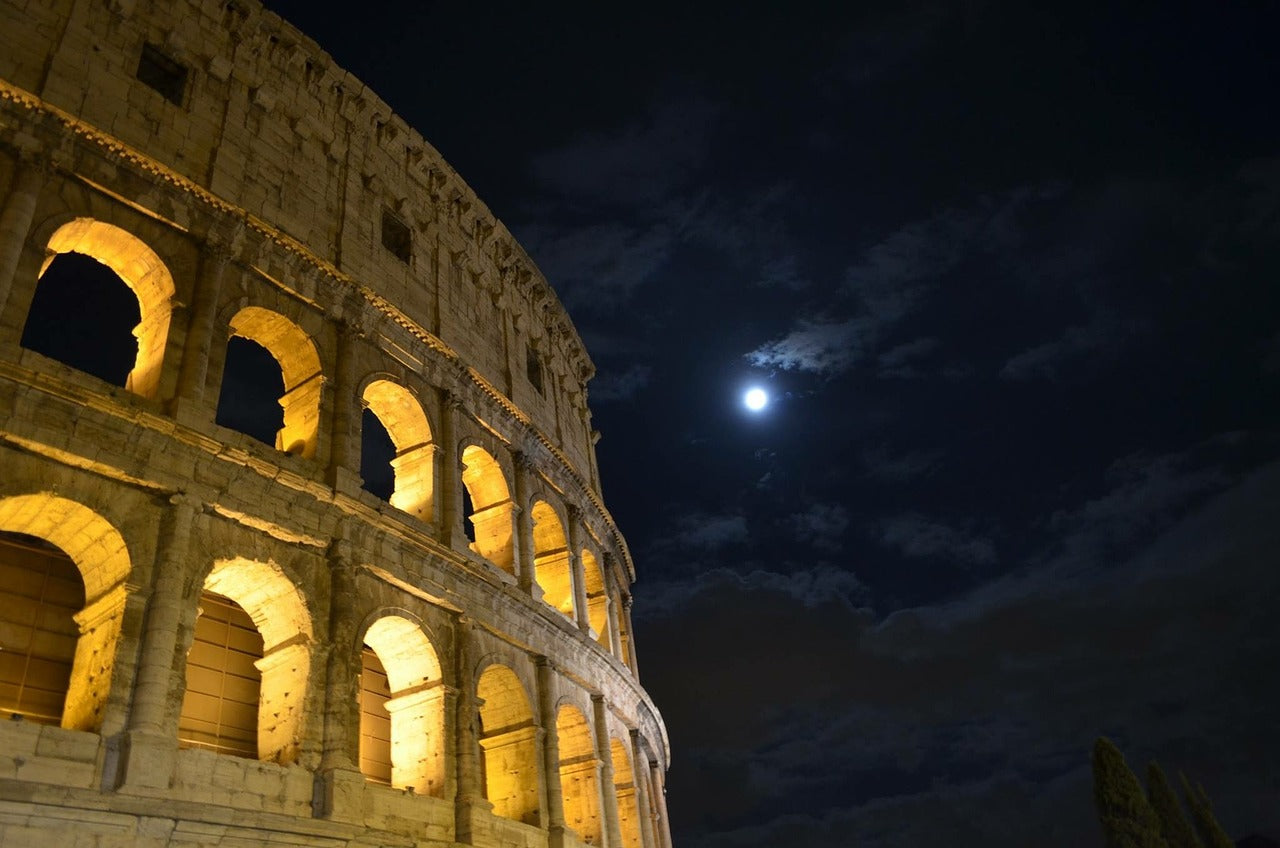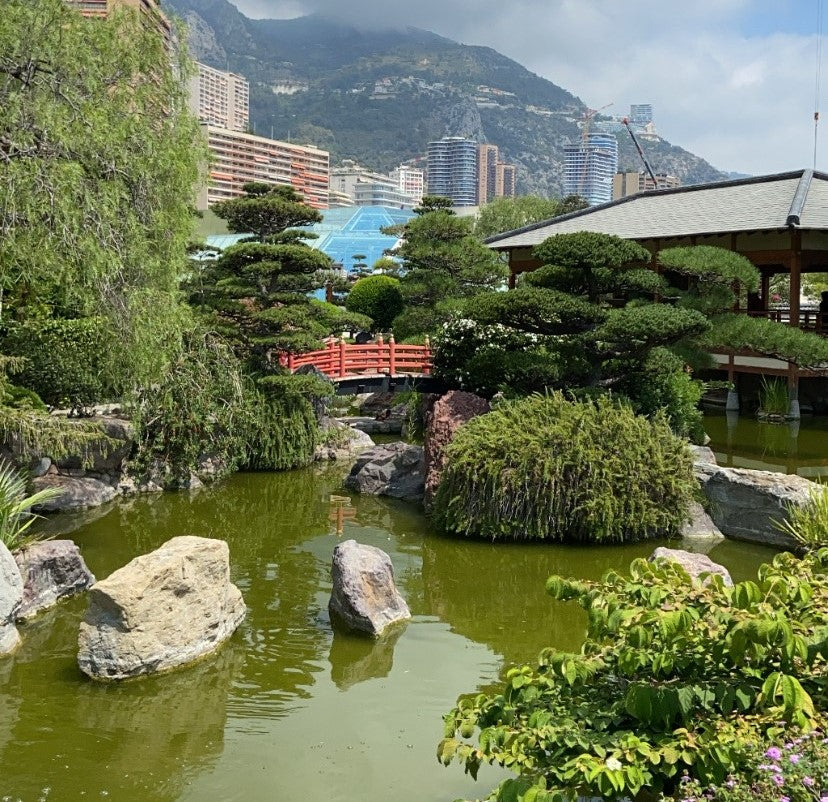
“Earth Hour” and Epson: A Partnership to Save the World
Last Saturday, lights all around the world went out. It is because of the "Earth Hour" campaign. Earth Hour was launched by the World Wide Fund for Nature (WWF), the world's largest private conservation organization, to recognize the dangers of climate change caused by environmental pollution. Most cities around the world stay bright all night, which consumes an abundance of power and causes photopollution. Earth Hour was started to draw people's attention to, and combat these problems.
On the last Saturday of March every year major landmarks around the world, including Washington National Cathedral, New York Times Square, Eiffel Tower in Paris, Great Wall in China, Tokyo Tower in Japan, and Big Ben in London participate in a voluntary city wide black out to advocate for climate change. Yearly, citizens of major cities around the world turn off their lights for an hour during the specified time. Since the first Earth Hour, which began in Sydney, Australia on March 31, 2007, an hour-long campaign to participate in the lights-out has been held worldwide every year from 8:30 p.m. to 9:30 p.m.

Combined photo shows the Eiffel Tower before and after turning off lights for the annual Earth Hour event in Paris, France, Saturday. (Xinhua-Yonhap)
So what happens when we all do this? In countries participating in Earth Hour, power usage declines by an average of 4%. This 4% is a small, but influential change in order to reduce carbon emissions and save the planet. While small, these major landmarks have influenced citizens all over the world to save power.
WWF recently chose Epson, known as a Japanese printer company, as its official international business partner of Earth Hour, the first time that a company has been selected as an official international partner for this campaign. The selection of Epson drew attention. Analysts say that Epson's eco-friendly movements are the background of its selection. Epson achieved "RE100" (100% renewable energy) in December last year for the first time as a Japanese manufacturer. RE100 is a campaign that covers all electricity used by companies with renewable energy, and Epson achieved this in all global operations including the U.S. and Europe, within two years and nine months of joining RE100.
Also, the world's first paper recycling system, "PaperLab," breaks down waste paper into fibers and combines them to make new paper again. The printer "Monna Lisa," drastically reduces water and energy consumption used in the pre/post-processing by printing directly on fabric. Both are considered Epson's representative solutions to minimize the negative impact on the environment.
Yasunori Ogawa, Epson Global President said “Epson’s long-standing dedication to efficient, compact and precise innovation is at the heart of the technology and the spirit that lead to the reduction of environmental impact,” adding “Constant pursuit of these ideals has been an advantage for Epson in contributing to the environment without forcing a change in direction.”



